You want to know when does healthy eating become disordered? Here is what parents need to know….As a parent, you want your teen to develop a healthy relationship with food—one that supports both their physical and mental well-being. What happens when their focus on “clean eating” or “healthy choices” starts to feel extreme? Many eating disorders begin with good intentions, making them easy to overlook until they become harmful. I have seen the “clean eating” trend be disordered many times among people of various ages.
While it’s great to encourage balanced eating habits, it’s also important to recognize when “healthy eating” starts to cross the line into disordered eating. Here’s what to watch for and how to support your teen.
When Does Healthy Eating Become a Problem?
For many teens, an interest in nutrition, fitness, or health starts innocently. They may learn about nutrition in school, see influencers promoting “clean eating,” or decide they want to eat healthier for personal reasons. For some, this focus can become rigid and obsessive, leading to an unhealthy relationship with food.
Signs That “Healthy Eating” Might Be a Red Flag:
🚩 Strict Food Rules – Cutting out entire food groups without a medical reason (e.g., no carbs, no fats, no processed foods).
🚩 Guilt Around Eating – Feeling anxious, ashamed, or upset after eating certain foods.
🚩 Obsession with Ingredients – Hyper-focusing on food labels, calories, or only eating “clean” or “whole” foods.
🚩 Skipping Social Meals – Avoiding family dinners, outings, or events because of “unhealthy” food options.
🚩 Compensating for Eating – Exercising excessively, skipping meals, or fasting to “make up” for eating certain foods.
🚩 Increased Anxiety Around Food – Showing signs of distress when faced with foods that don’t fit their “rules.”
🚩 Weight Loss or Extreme Control Over Eating – Even if they don’t appear underweight, significant weight changes or extreme rigidity around food choices can indicate a deeper issue.
The Difference Between Healthy Eating and Disordered Eating
The key difference between healthy eating and disordered eating is flexibility. A teen with a truly balanced approach to nutrition can enjoy a variety of foods, eat intuitively, and not feel intense guilt or anxiety around their choices. Disordered eating, on the other hand, is rigid, driven by rules, and often connected to deeper emotional struggles.
How to Support Your Teen’s Relationship with Food
Noticing any of these warning signs? Here are some steps you can take to help:
✅ Model Balance: Show that all foods can fit into a healthy lifestyle. Enjoy a variety of foods yourself, including both nutritious and fun choices, without labeling them as “good” or “bad.”
✅ Encourage a Positive Food Mindset: Instead of talking about food in terms of weight, focus on energy, strength, and well-being. Avoid discussing diets, calorie counts, or weight loss.
✅ Create Open Conversations: Ask about your teen’s eating habits with curiosity, not judgment. Instead of questioning their choices. Try, “I’ve noticed you seem more focused on what you’re eating lately—how are you feeling about it?”
✅ Watch for Emotional Changes: Look for signs of anxiety, stress, or extreme routines around food, which could indicate a deeper struggle. Eating disorders often develop alongside anxiety, perfectionism, or a need for control.
Trust Your Instincts and Seek Support
When something feels off, trust your gut. Disordered eating can develop gradually. Early intervention makes a big difference. Whether your teen is struggling with rigid eating rules, food guilt, or body image concerns, support is available. You don’t have to navigate this alone.
If you’re concerned about your teen’s relationship with food and need guidance, let’s talk. Schedule a free consultation here.
CONCERNS WITH YOUR TEEN’S EATING HABITS? DOWNLOAD THIS FREE GUIDE ON HOW TO TALK TO YOUR TEEN ABOUT THEIR EATING HABITS ….WITHOUT MAKING IT WORSE
